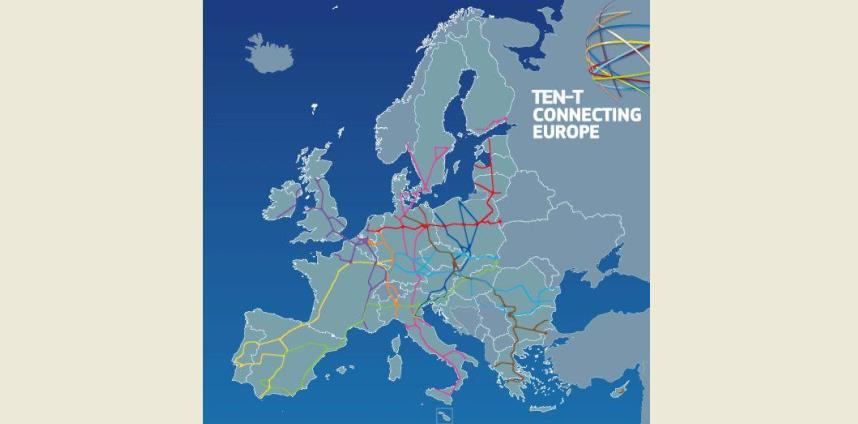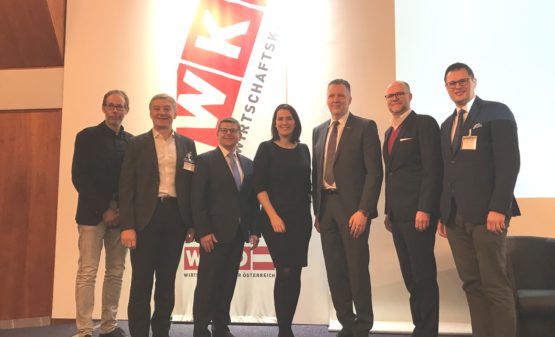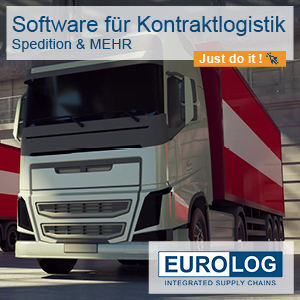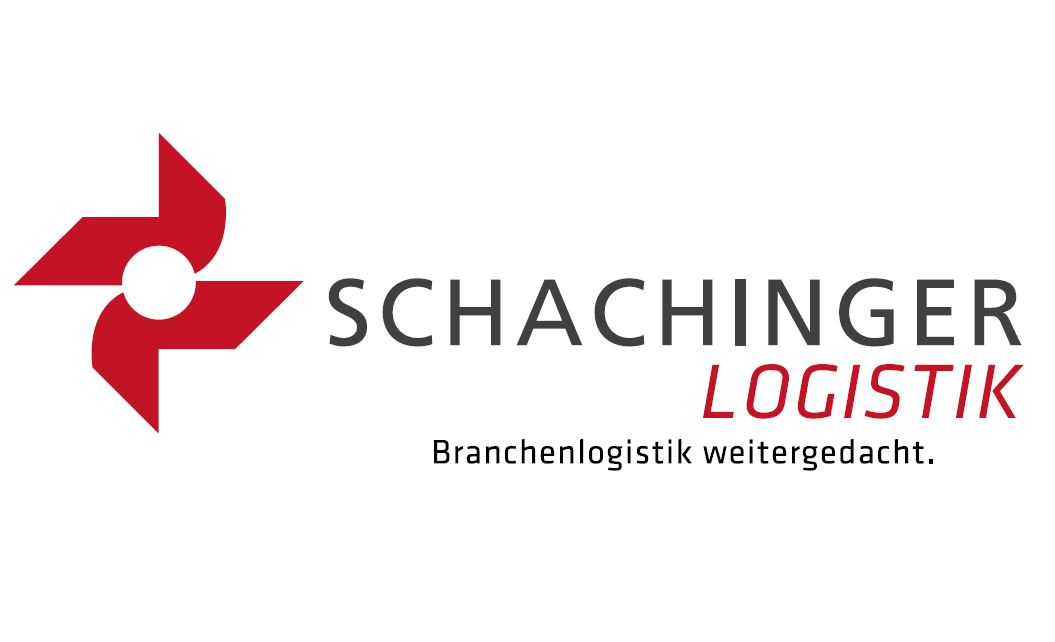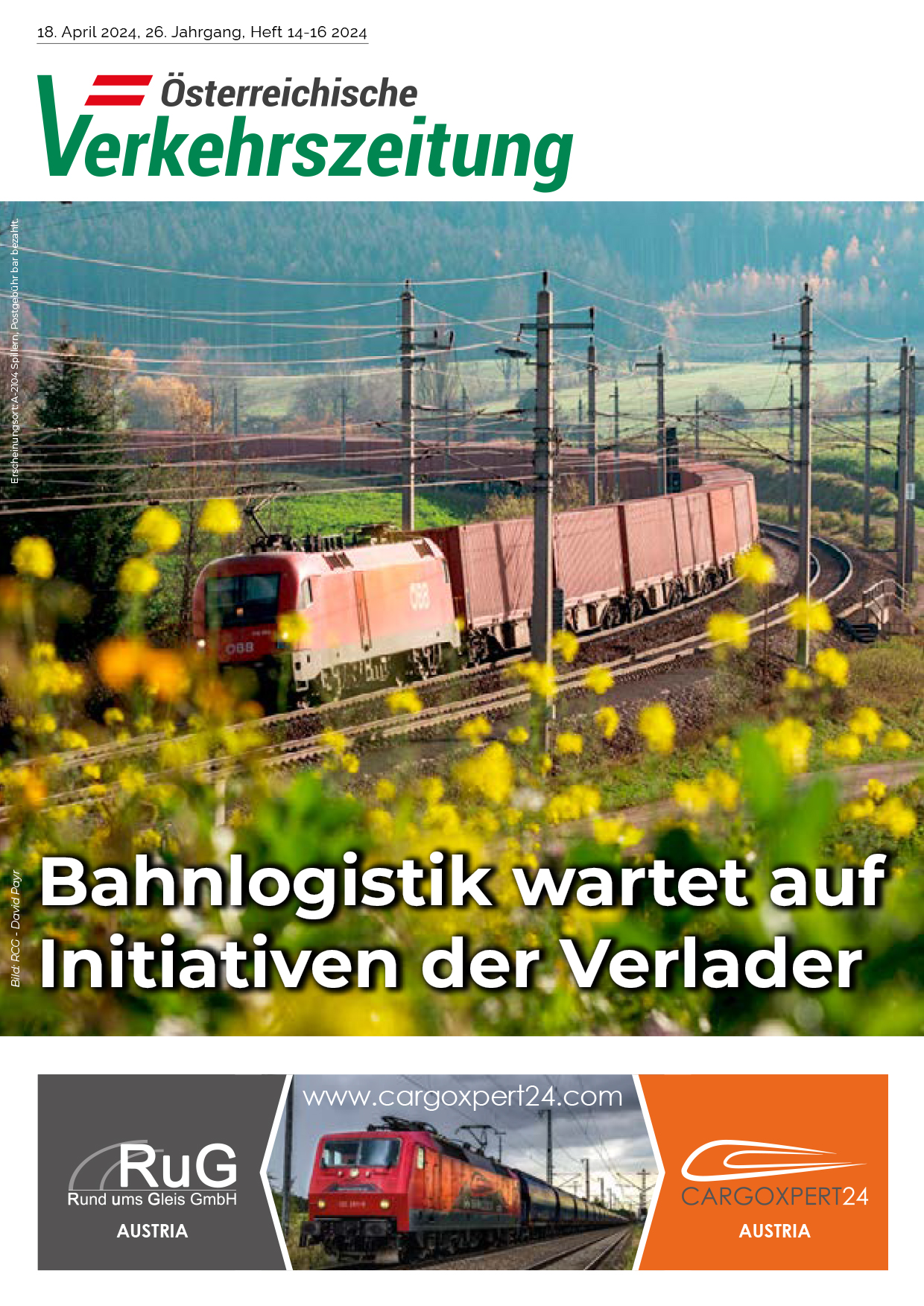On 17 June the European Commission is firmly delivering on President Juncker’s top priority of creating jobs and boosting growth in the European Union, by unveiling a list of 195 transport projects that will receive EUR 6.7 billion of funding under the Connecting Europe Facility (CEF). This investment is expected to unlock additional public and private co-financing for a combined amount of €9.6 billion.
The selected projects will notably contribute to the digitalisation and decarbonisation of transport, in line with the broader political agenda of this Commission. The Member States eligible for the Cohesion Fund[1] received almost 85% of the funding, which will help bridging the infrastructure disparities across the EU.
EU Commissioner for Transport Violeta Bulc said, “The total investment of EUR 9.6 billion could create up to 100,000 jobs in the European economy by 2030[2]. The projects will make European infrastructure safer, more sustainable and more efficient for passengers and business alike. I am pleased to see that the Western Balkan Region will also receive some funding, bringing its transport infrastructure closer to the EU’s.”
Selected projects are primarily located on the core trans-European transport network (TEN-T). Among the beneficiaries are flagship initiatives such as the rehabilitation of the Brasov Sighisoara rail section in Romania, the railway connection Aveiro Vilar Formoso in Portugal, the development of standard gauge railway line in the Rail Baltic corridor, the implementation of the SESAR Deployment Programme and the modernisation of railway line E30 (Zabrze – Katowice – Krakow section) in Poland.
The EU’s financial contribution is made in the form of grants, the co-financing rate of which is between 20% and 50% of the eligible costs of a given project, depending on its type. As regards projects submitted under the Cohesion call, the maximum co-funding rates can go up to 85% of the eligible costs.
The proposed funding decision must now be formally approved by the Connecting Europe Facility Coordination Committee, which will meet on 8 July 2016. Adoption of the decision by the Commission is expected for end July 2016. The individual grant agreements will then be prepared by the Innovation and Networks Executive Agency (INEA) and signed with the project beneficiaries in the second half of 2016.
[1] For the 2014-2020 period, Cohesion Fund support concerns Bulgaria, Croatia, Cyprus, the Czech Republic, Estonia, Greece, Hungary, Latvia, Lithuania, Malta, Poland, Portugal, Romania, Slovakia and Slovenia.
[2] Methodology of the European Investment Bank (EIB). The EIB aggregates figures on permanent and temporary employment. Temporary employment is based on project costs: in the transport sector, any one billion Euro invested creates an average of about 11,000 jobs per year. Permanent employment is based on the promoter assessment.


